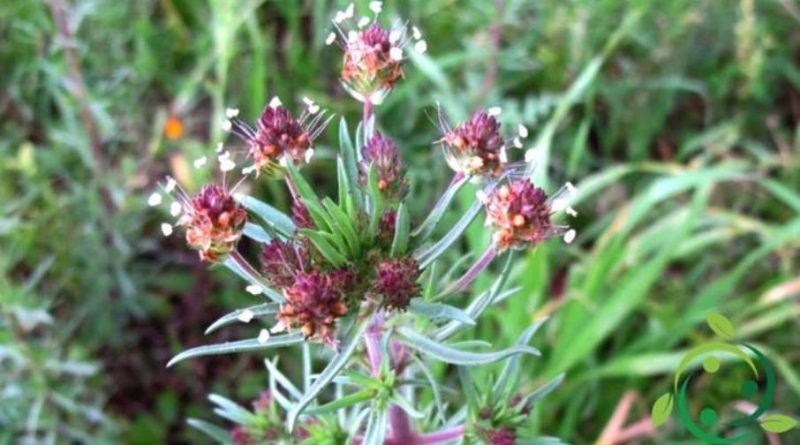Properties and uses of Psyllium
Properties and uses of Psyllium
Psyllium (Plantago afra L.) is a medicinal plant of the Plantaginaceae family and widespread in the Mediterranean basin. It has various scientific synonyms among which that of Plantago psyllium L.
It is a herbaceous species, annual, rustic, spontaneous and cultivated. It has a small rooted root, from which it grows at the beginning of the growing season the stem, simple or branched, slender, able to reach a height between 10 and 30-40 cm, is erect or lying-ascending, fistulous, slightly pubescent and sometimes covered with viscous glands. It has leaves, glandular, opposite, mostly gathered in verticils of 3 or 6 leaves, sessile and with the base slargata amplessicaule, long, thin, strictly linear or lanceolate, flat or sometimes revolute with the margin folded down, are of green-gray color and have the entire margin or engraved by small teeth. The flowers are abundant, small and white, gathered in globular spikes, endowed with a long peduncle with which they are inserted at the level of the axils of the upper leaves, generally appearing from late spring to late summer. The fruit, finally, consists of an oblong capsule, internally divided into two compartments, each containing a seed, these are shiny, boat-shaped, light brown in color with a darker spot in the center.
In this sheet we will see properties and uses of psyllium. This plant contains mainly: oil, mucilage (up to 10-12%) composed of xylose, arabinose, galactose and galacturonic acid, the eteroside aucuboside, potassium salts, silica, zinc, oligoelements, vitamin C.
The psyllium reproduces by sowing during the spring season and grows preferably in poor, dry and rather sandy soil, requires good insolation, is easily found in the sandy places and its debris, in sparse forests and on sandy soils.
This plant is cultivated mainly for its seeds which constitute an effective and harmless natural laxative. The seeds, small, black, tasteless and odorless, contain a mucilage that swells and increases in volume when in contact with water. The gel which in this way is generated in the intestine increases the volume of the fecal mass, it softens the content and mechanically stimulates the peristalsis facilitating the emptying and defecation.
The mucilage also possesses anti-inflammatory and lenitive properties on the mucosa, so it is indicated in colitis and irritable colon. Psyllium seeds are generally indicated for chronic constipation and have no known side effects. If taken concomitantly with other drugs can hinder their absorption.
In general, the remedies with which you intervene are: stomach acid, digestive diseases, colic, colitis, dermatosis, diarrhea, dysentery, diverticulosis of the colon, stomach pains, eczema, hemorrhoids, enteritis, rashes, wounds, gastritis, inflammation of the skin and mucosa of the mouth, anorectal inflammation, inflammation of the urinary tract, obesity, inflamed eyelids, small burns, constipation and stubborn constipation, gastric and duodenal ulcers, varicose ulcers, to lower cholesterol and triglycerides in the blood , to decrease the feeling of hunger and appetite.
Also used for moisturizing baths for skin damaged by weathering lotions for dry skin, emollient mask.
The psyllium is also used in the kitchen: the tender walls of the plant are used to prepare salads, soups, soups and omelettes.
Regarding the period and the parts to be collected from the psyllium. We need to collect the seeds in July-August, when most of the seeds are ripe but before they fall to the ground spontaneously, it is advisable to cut the plant at the base. Collect the plants in bunches and let them dry in the sun, then beat them to separate the seeds, the latter should be stored in paper or canvas bags, protected from moisture.
The seeds (also in the form of cuticle) are the only part of the plant on the market, while in the family medicine the leaves are also used, with similar functions to that of the Plantago major and Plantago media congeners. They can be used as an external remedy for insect bites and minor burns.

